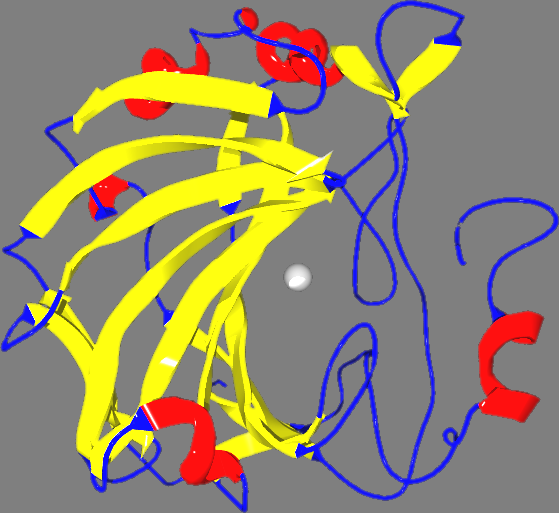CAPTACO2 – Carbonic Anhydrase enters the scene

21 September 2020
Coming back from mandatory confinement, CAPTACO2 project team has decided to try a new approach in order to increase carbon dioxide (CO2) capturing efficiency.
This approach changes the chemical reaction. Instead of an hydroxide, the absorbent solution uses Carbonic Anhydrase (CA) and Potassium Carbonate (K2CO3) dissolved in water.
CA is an enzyme which, thanks to its ability to convert CO2 to carbonic acid (HCO3-) reversibly, is key in plant photosynthesis. It is found in the leaves’ chloroplasts, where it is the second most abundant enzyme.
CA is also found in our body, in lungs and other tissues. Thanks to its catalyzing activity the conversion CO2 <–> HCO3- is one million times faster.
In the lab we are currently testing an hydrophobically improved polysulfone mebrane and, as mentioned, an absorbent solution composed of K2CO3 and a small quantity of CA.
Preliminary results show an important improvement. Capturing rates are increasing more than 20 times compared to a potassium hydroxide capturing solution.
If further verification is positive this strategy will open a new and promising develompent path.












